
Concrete is used all around us as foundation for buildings and exterior surfaces, parking lots, sidewalks, countertops, and more. Although walking or riding a car on concrete is a daily occurrence, it’s easy to overlook the basic elements that go into this essential of modern living.
Concrete is made of a few basic components:
- Sand and/or aggregate
- Cement, comprised of limestone and clay that have been crushed and mixed into a fine powder solution
- Water
Of these components, the ratio of water to cement is particularly important. Continue reading “The Importance of Water in Concrete Mixing”
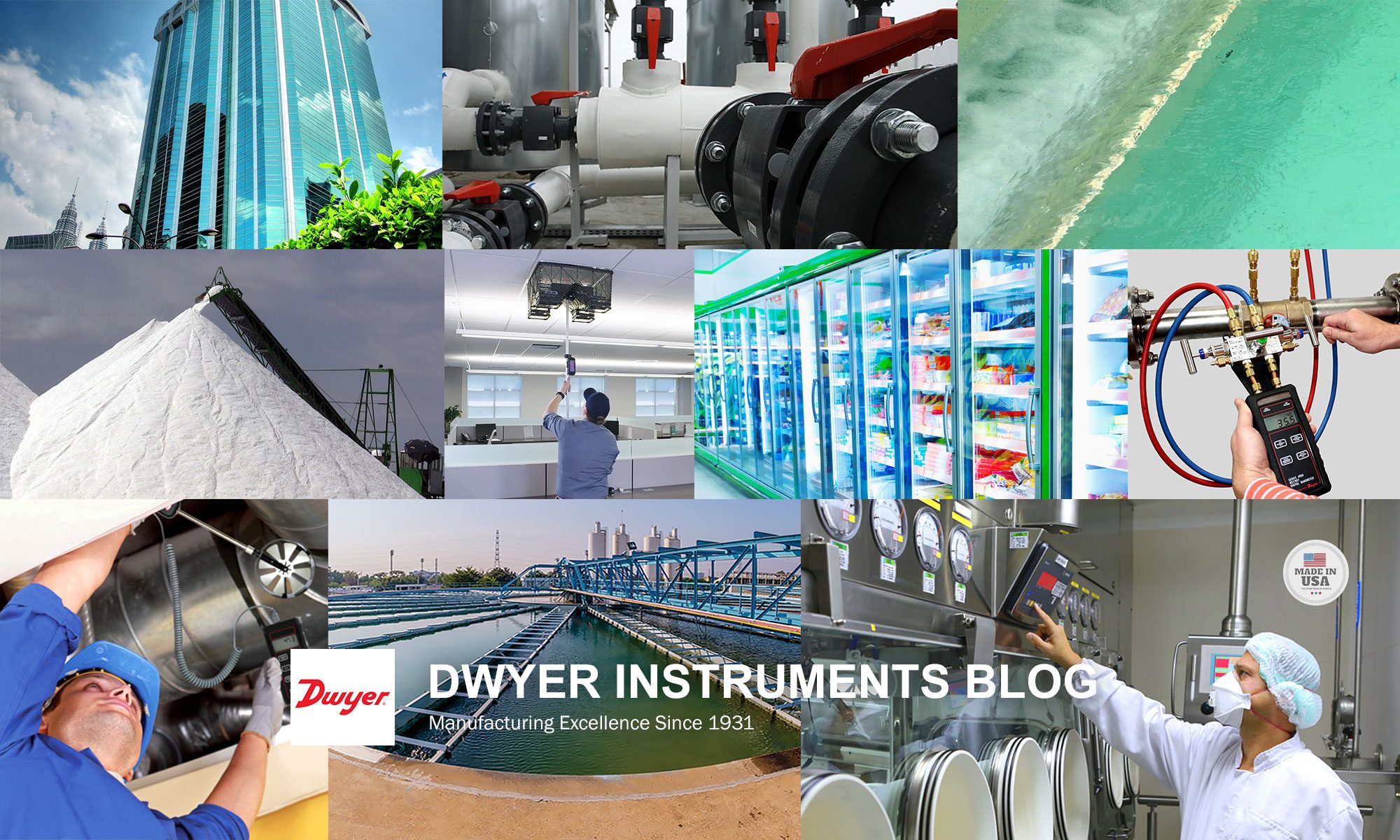
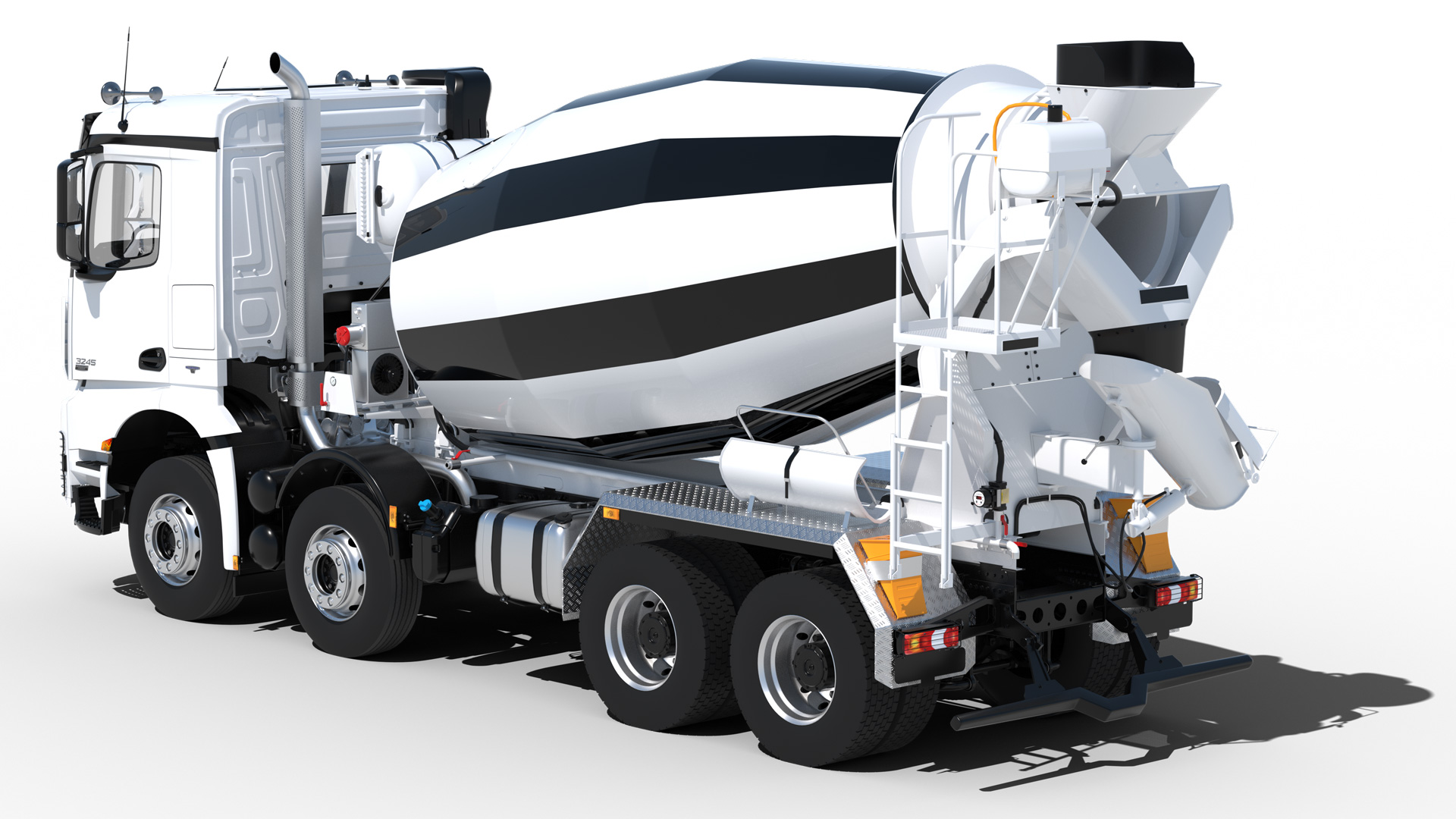
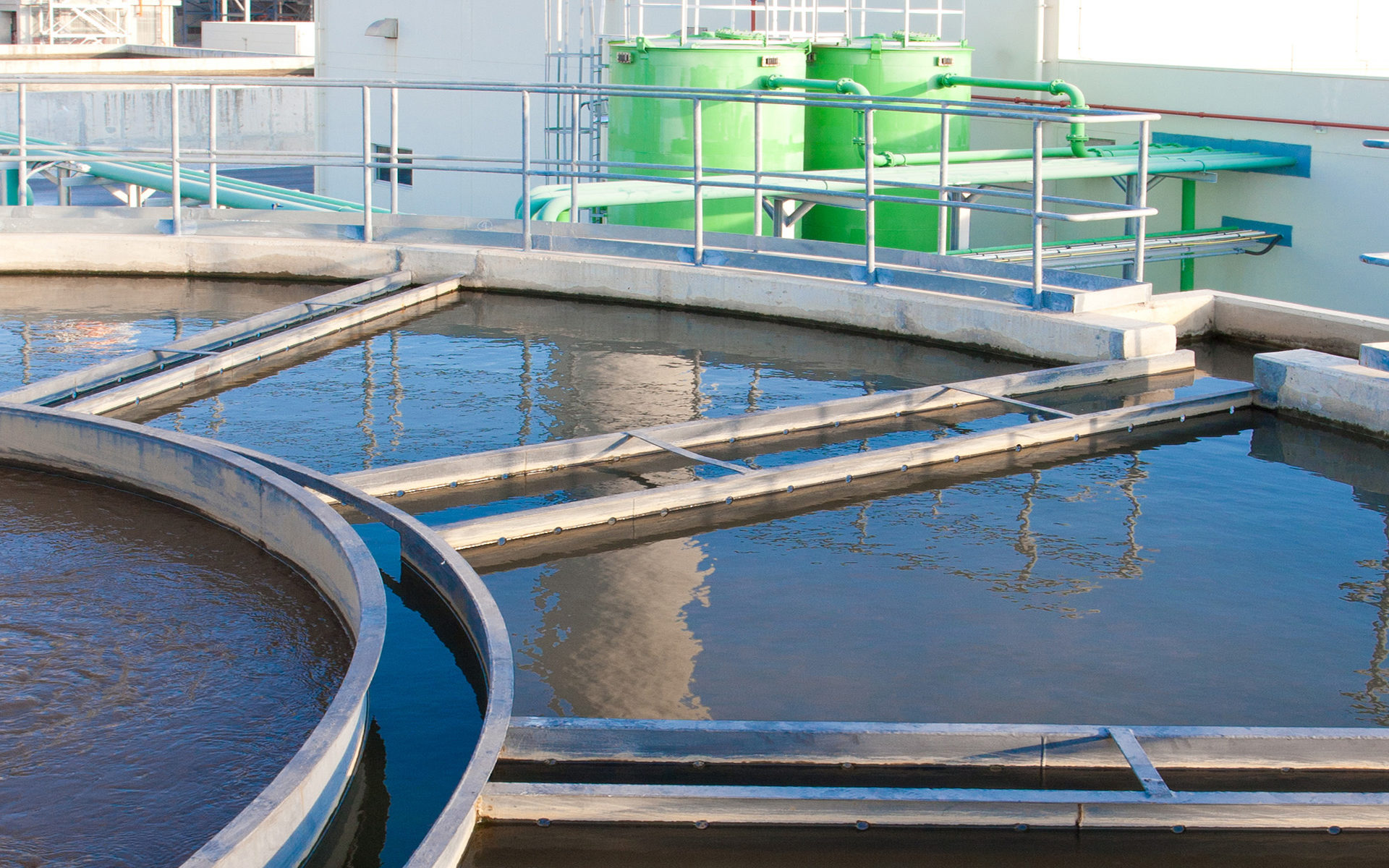
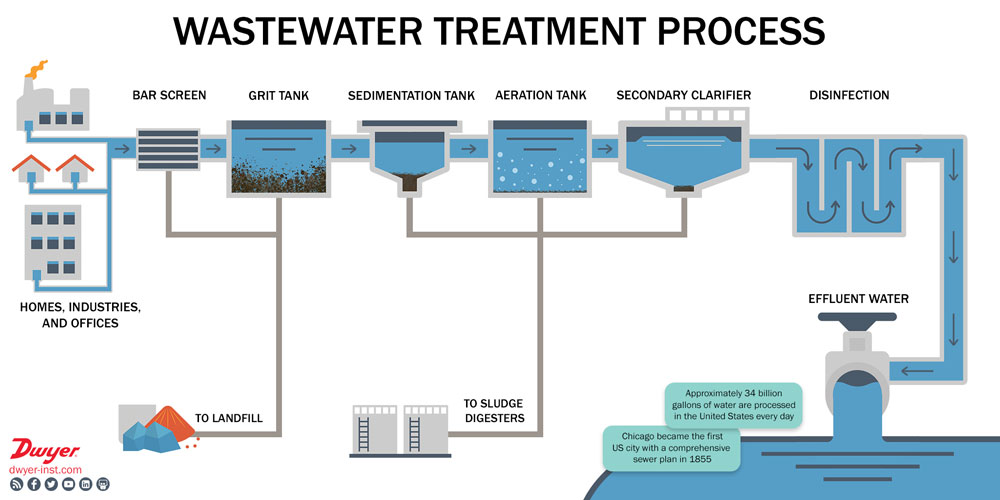
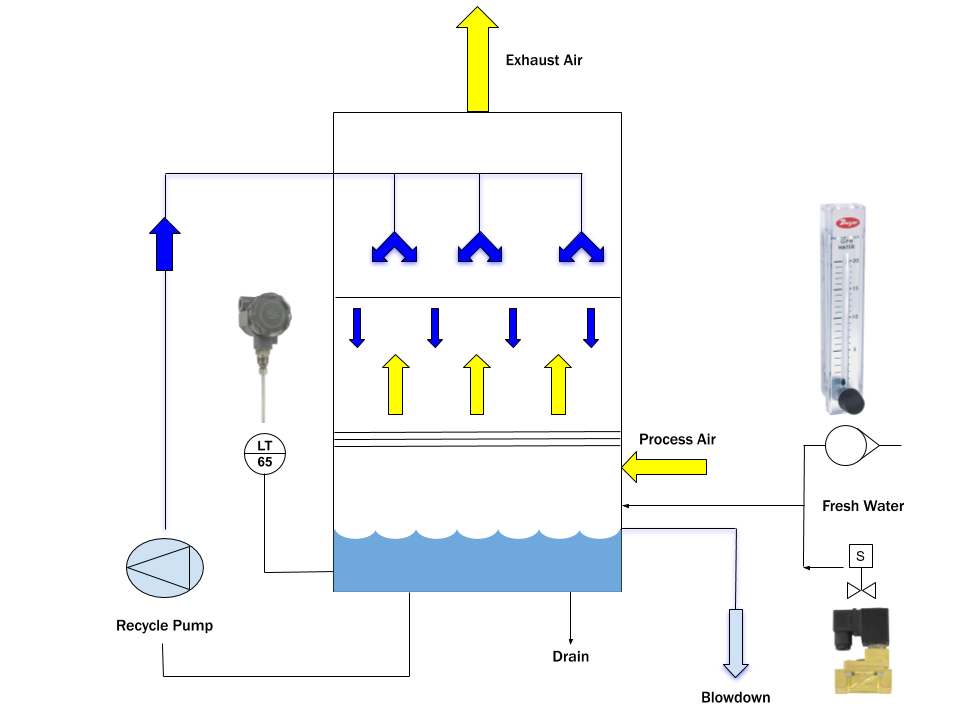
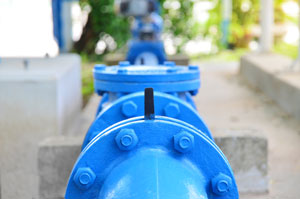
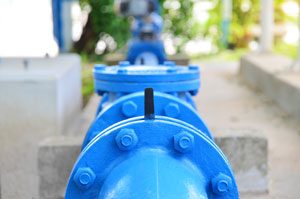 Selecting the correct flowmeter can be a challenging task, and the variety of flow technology options can make the decision even more difficult. By keeping the benefits and drawbacks of each type in mind, you will be able rest easy knowing you’ve made the best choice for your application.
Selecting the correct flowmeter can be a challenging task, and the variety of flow technology options can make the decision even more difficult. By keeping the benefits and drawbacks of each type in mind, you will be able rest easy knowing you’ve made the best choice for your application.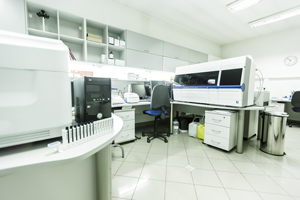
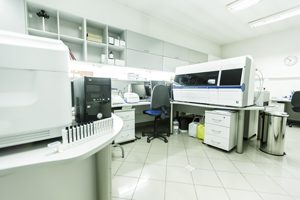 Question: I need to decide on a flow meter for my application. I see that your
Question: I need to decide on a flow meter for my application. I see that your